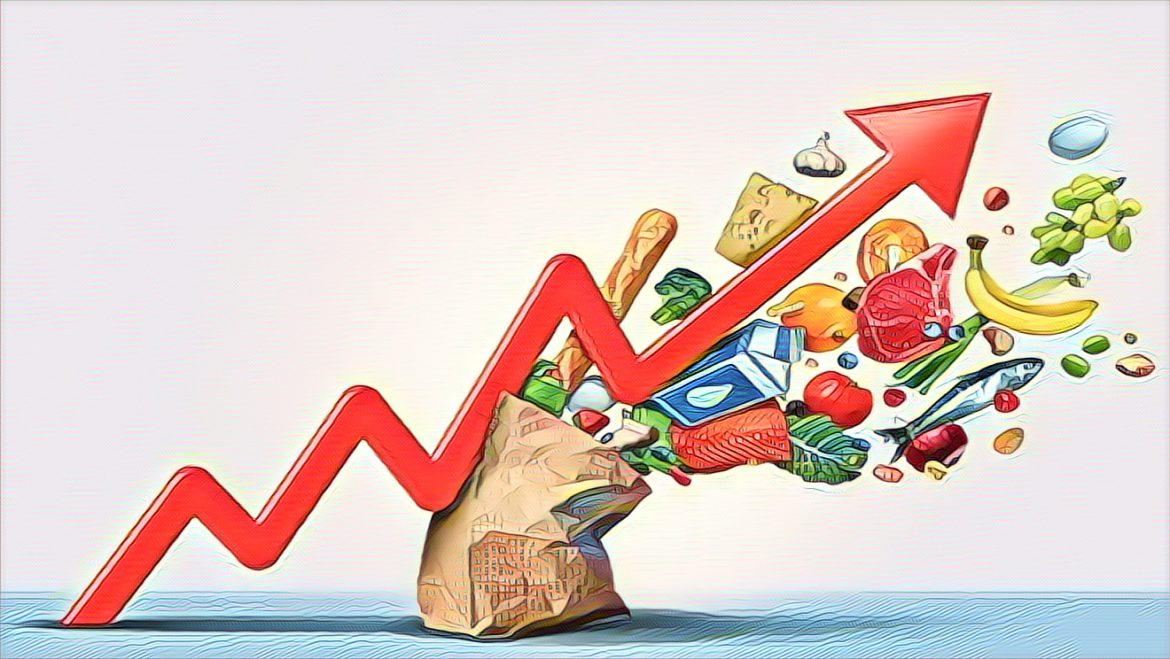Zimbabwe grapples with high food inflation, impacting household budgets significantly, according to a report by the Famine Early Warning Systems Network (FewsNet). The study, which examines the Southern Africa Regional Supply and Market Outlook, reveals food price inflation exceeding 10% in several countries, including Zimbabwe.
Limited subsidies and social assistance due to soaring debt and restrained social spending exacerbate the situation, as stated by NewsDay, referencing the report. The analysis indicates prevalent high annual headline inflation rates in Zimbabwe, Malawi, and the Democratic Republic of Congo. Food inflation remains above 10% in Malawi, Zimbabwe, Angola, Madagascar, and Zambia.
Such inflation rates pose a regional concern since food constitutes a major chunk of household expenses. Domestic currency depreciation against the US dollar, along with heightened lending rates, increases import costs, stoking inflation further. Furthermore, the report suggests rising fertilizer and fuel prices might depress agricultural yields, leading to escalated food inflation.
Yet, some silver linings emerge. Zimbabwe is projected to attain maize self-sufficiency. Countries like South Africa and Tanzania have reported surpluses. Conversely, Malawi anticipates a slight deficit. With the family basket’s mounting cost, household financial strains become increasingly evident. Although September witnessed a dip in annual inflation to 18.4%, future inflationary pressures might surge due to potential crude oil price hikes and currency depreciation.
The year-end of 2023 may see a spike in food inflation owing to festive season price surges, indicating a likely rise in food costs.


